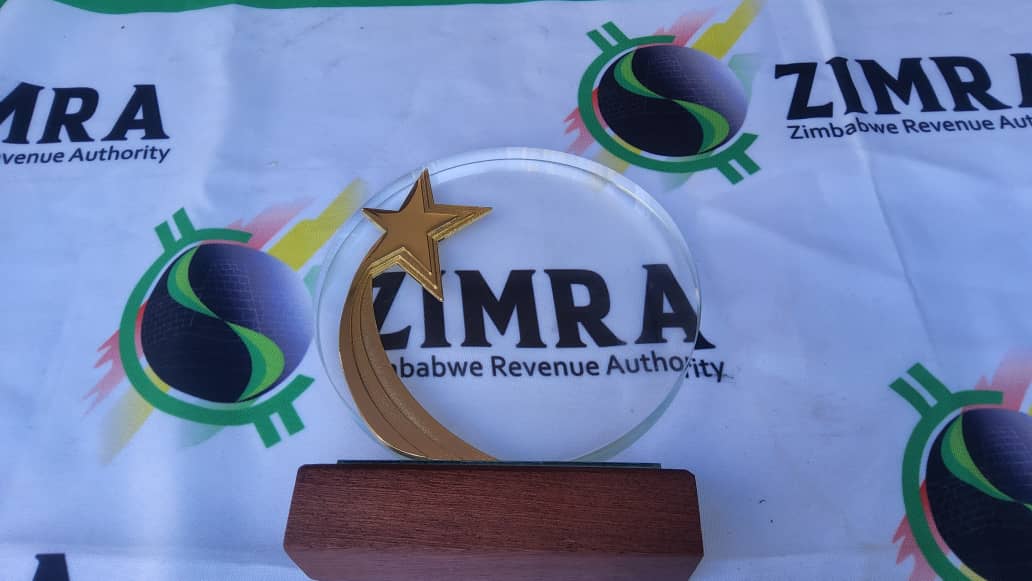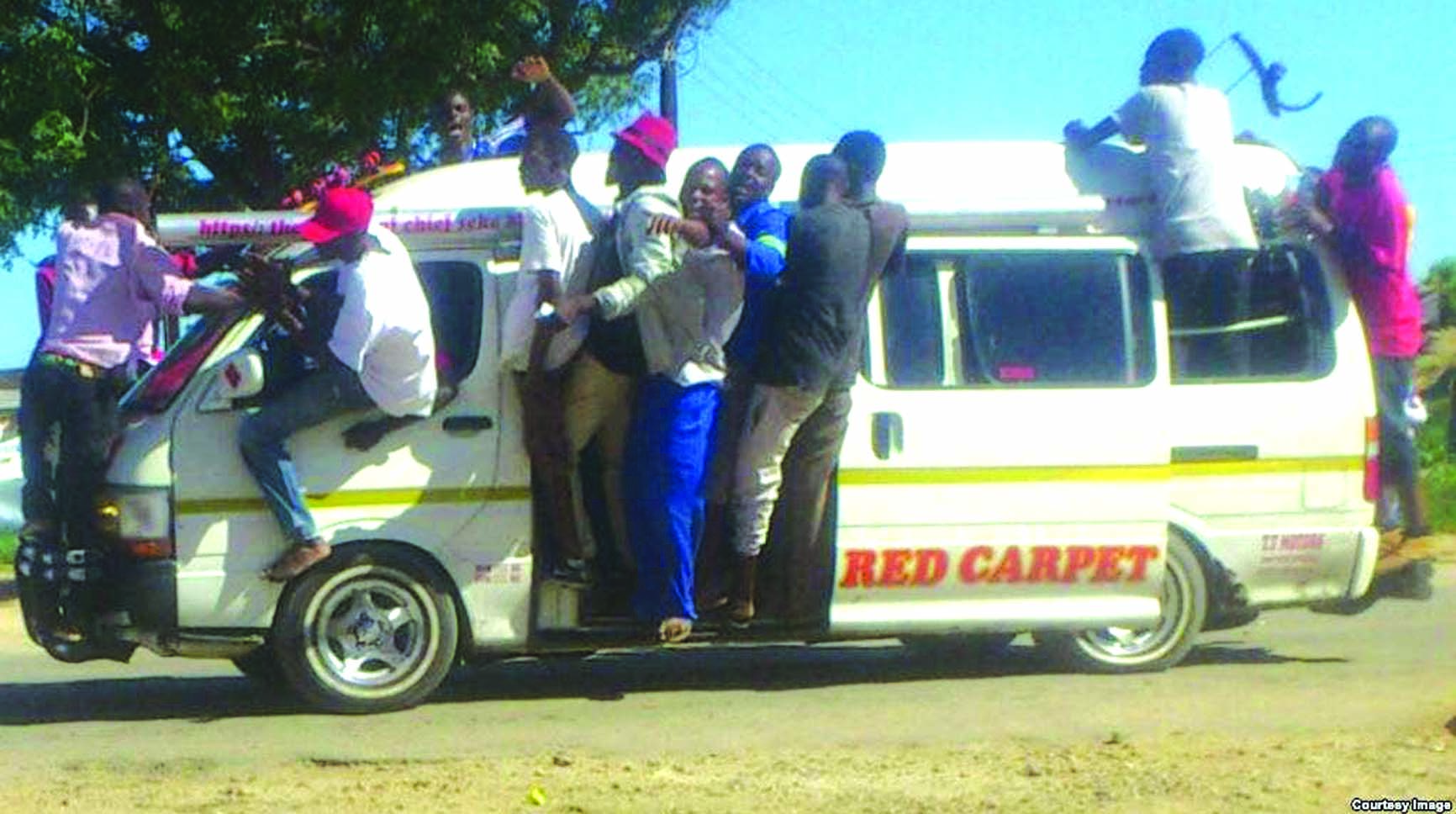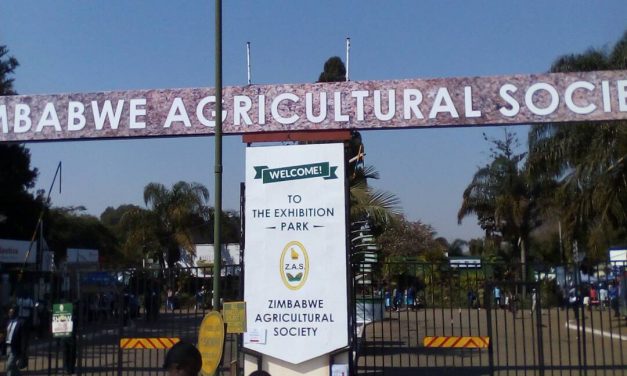Zimbabwe will face a shortfall in maize output in the current 2017/18 season on the back of erratic weather conditions with the hole expected to be plugged by carryover stocks from last season, the Famine Early Warning Systems Network (Fewsnet) has said.
Fewsnet, the US Agency for International Development's department, said in a report for February that national maize production for 2017/18 period would most likely be below average.
"National maize supply is atypically above-average and is expected to remain so until the end of the current marketing year in March. This is mainly due to high crop production from last season. Significantly above-average national maize carry-over stocks are expected into the next marketing year (2018-19)," Fewsnet said.
"After experiencing relatively stable prices during most of the current consumption year, maize grain price increases became notable in late January. This has been attributed to the dryness and anticipated poor harvests. However, maize prices continue to be below last year and the average, a trend that is expected to persist."
Fewsnet found that despite receiving widespread rains last month compared to January, in the south and other parts of the country, where planting was done earlier, much of these crops had permanently wilted.
At the start of the year, the Food and Agriculture Organisation found that prolonged dry spells, erratic rainfall, high temperatures and the presence of the voracious fall armyworm significantly dampened Southern Africa's agricultural season's cereal production prospects.
This is why the significantly above crop production output from last year is being looked at to cover any potential shortfalls for the current crop season.
Zimbabwe Commercial Farmers Union director, Jeremiah Tavera said there was enough maize from the 2016/17 season to cover any shortfalls.
"The majority of the crop recovered but we are not going to have up to the levels that we had last season. But as a nation we will be sufficient in terms of food source though those areas hit severely by the drought well they would rely on government handouts of grain," he said.
However, Fewsnet warned that for the southern and other typical deficit areas, stressed and crisis outcomes would continue for the remainder of the peak lean season (February-March) due to consumption of those hold over crops.
"Consumption of own-produced stocks from anticipated poor harvests will marginally improve the situation between April/May and June resulting in stressed outcomes," Fewsnet said.
"From July through September, crisis outcomes are expected, as poor households begin to exhaust their own produced food stocks."
In the 2018 National Budget, Finance minister Patrick Chinamasa said as at December 1, 2017 over 46 404 farmers had been contracted to plant 219 000 hectares of maize. Of that amount, 52 330 hectares was under irrigation and the remainder under dry land under the maize command programme.
This was expected to contribute to the agricultural sector growing by 10,7% by year end.
But, with these warnings from Fewsnet and other agricultural bodies, analysts warn that government's reliance on the agricultural sector to boost the economy may end up backfiring.
- newsday
 Top Zimbabwe business executive arrested for fraud
Top Zimbabwe business executive arrested for fraud  South Africa is in serious trouble
South Africa is in serious trouble  US halts visa services for Zimbabwean nationals
US halts visa services for Zimbabwean nationals  ZSE and VFEX recover after weak 1st half
ZSE and VFEX recover after weak 1st half  Gold edges up as traders await guidance
Gold edges up as traders await guidance  Zimbabwe Agricultural Show 2025 kicks off
Zimbabwe Agricultural Show 2025 kicks off  Young Investment Professional (YIP) Graduate Programme 2019
Young Investment Professional (YIP) Graduate Programme 2019 










 Young Investment Professional (YIP) Graduate Programme 2019
Young Investment Professional (YIP) Graduate Programme 2019
Editor's Pick